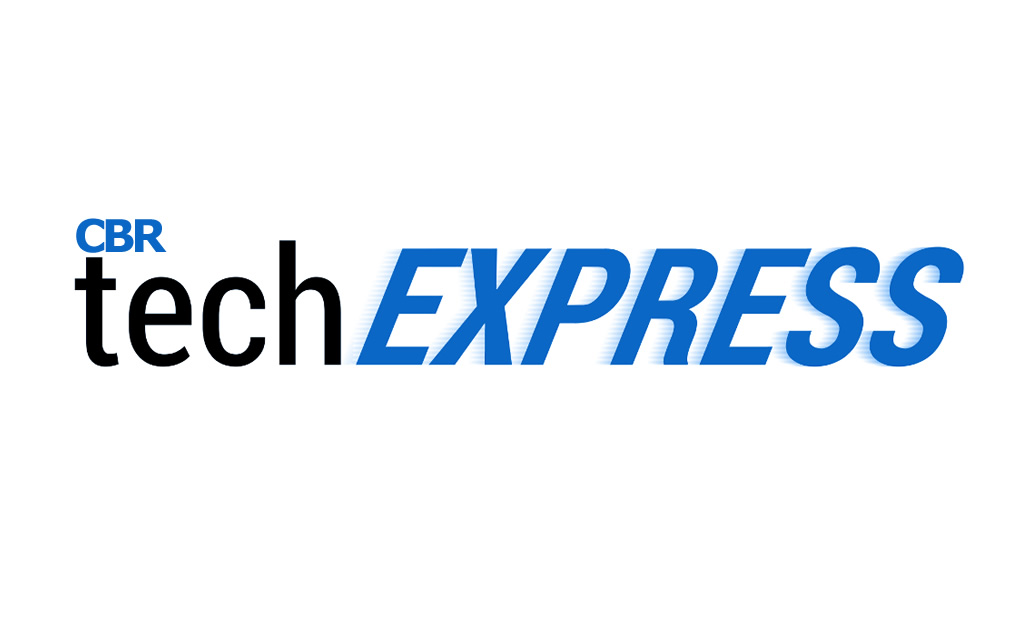
CBR: What is cloud surveillance?

JW: Cloud surveillance delivers a step change in the effective management and protection of corporate assets by enabling businesses to consolidate, record, observe and share visual data and sound from both digital and analogue cameras networked across multiple locations.
CBR: How does cloud surveillance work?
JW: Organisations connect their existing analogue or IP CCTV cameras to cloud-based visual surveillance services via the internet using specialist network adapters or software. Visual data is securely transmitted to and securely stored on a cloud-based system. Authorised users can instantly, securely access and manage data from any camera from any location at any time – generally using a browser-based client.
CBR: What are the main business benefits of moving surveillance to the cloud?
JW: The key benefits are instant access from any location, greater scalability and increased storage. Users can store as much visual data in the cloud as required for a long as required, and they are able to pay only for what they use.
The cloud can be used to consolidate data from multiple CCTV systems into one place, resolving data collection, compliance, privacy, security and reliability issues simply and inexpensively and making compliance with the Data Protection Act (DPA) and General Data Protection Regulation (GDPR) workable and effective. This also makes it easier for administrators to control functionality and make data available to those that need it without physically restricting system access as required with ordinary CCTV.
CBR: What are the main technological advantages of moving surveillance to the cloud?
JW: The cloud offers many technical advantages in relation to visual surveillance including:
Cloud – Unified, secure, accessible, scalable systems & data
Cloud systems have the capability to securely consolidate visual data from legacy CCTV systems into a single account enabling instant secure access to it from anywhere on any device. Such systems can be scaled without scaling up infrastructure.
Functional – Instant data availability, centralised system overview
Access to visual data by authorised users is instant, allowing issues to be reviewed and understood more quickly. User permissions, camera functionality and data retention periods can be centrally administered in line with corporate governance polices.
IoT – Strategic automation of manual processes through connection to the IoT
Some cloud-based systems connect legacy CCTV to the Internet of Things (IoT) allowing equipment performance to be monitored and users to be automatically informed of failures. Interactivity with other IoT devices provides the opportunity to automate processes as part of a Smart environment.
Compliance – Framework for good governance of sensitive data
Consolidation of visual data and centralised administrative control provides an excellent platform for the deployment of workable data protection policies covering CCTV systems. The transfer of visual data to secure cloud servers and its encryption provides superior security, a central tenet of all data protection legislation.
Security – Advanced encryption and cyber security applied to sensitive data
Images of individuals are sensitive data and it’s important that they are stored securely. Most cloud based systems have been designed to only allow access by authorised users, data is most often encrypted and as with most cloud based systems considerable measures have been taken to prevent unauthorised access or hacking.
Financial – Lower cost of deployment & use. More value through wider use of visual data
Cloud based surveillance can utilises existing infrastructure and equipment so there’s no need for the expense and disruption of wholesale replacement. Greater accessibility means more use can be made of visual data that has traditionally been stored on multiple, disparate DVRs often with different modes of operation and compression formats.
READ NOW: What is Cloud?
CBR: What would be your top tips for a company considering cloud surveillance?
JW: Businesses should choose a vendor that, at a minimum, uses corporate-grade encryption for data in transit and storage and ensures compliance with the DPA and GDPR. They should only use camera equipment from reputable manufacturers where there can be a comeback if a major product security flaw is subsequently identified, use a trustworthy technician to assess and install the equipment and of course ensure that usernames and passwords are changed from the default state to something secure.
Finally, any cautious businesses should stop thinking of video surveillance as an arcane security product readily abused by Big Brother. They can – and should – embrace cloud-based video surveillance as a key tool to help them replay what their organisations do and see how things can be done better.







